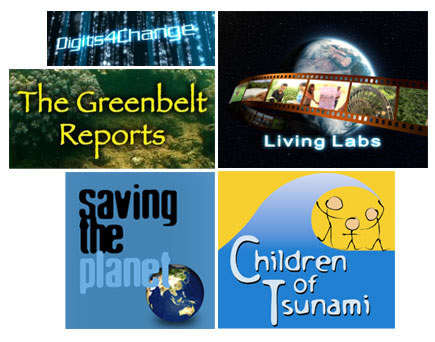The BBC is running a Climate Season once again. Like many arms of the media, they have jumped the climate change bandwagon.
And that’s a good thing.
BBC World’s blurb reads:
As part of BBC World’s extensive coverage of one of the key challenges facing humanity, the Climate Watch season throughout April will feature a host of special documentaries and factual programmes plus news and
business reports from its global correspondents.
This is only to be applauded. But it wasn’t too ago that the BBC – with other sections of the mainstream media – was still insisting on “balancing” its coverage of climate change.
Even a couple of years ago, the BBC appeared to be incapable of running an item on the subject without inviting a skeptic to comment on it.
Of course, the BBC is entitled to change its mind like everyone else. (As a certain Boutros Boutros-Gali once famously remarked, only fools don’t change their mind.)
George Monbiot wrote a column in The Guardian (UK) on 27 April 2004 commenting on this. It was titled: “Beware the Fossil Fools: The Dismissal of Climate Change by Journalistic Nincompoops is a Danger to us All”.



Here’s an extract from that article, published less than 1,000 days ago:
Picture a situation in which most of the media, despite the overwhelming weight of medical opinion, refused to accept that there was a connection between smoking and lung cancer. Imagine that every time new evidence emerged, they asked someone with no medical qualifications to write a piece dismissing the evidence and claiming that there was no consensus on the issue.
Imagine that the BBC, in the interests of “debate”, wheeled out one of the tiny number of scientists who says that smoking and cancer aren’t linked, or that giving up isn’t worth the trouble, every time the issue of cancer was raised.
Imagine that, as a result, next to nothing was done about the problem, to the delight of the tobacco industry and the detriment of millions of smokers. We would surely describe the newspapers and the BBC as grossly irresponsible.
Now stop imagining it, and take a look at what’s happening. The issue is not smoking, but climate change. The scientific consensus is just as robust, the misreporting just as widespread, the consequences even graver.
Monbiot ended the article by asking:
But isn’t it time that the BBC stopped behaving like the public relations arm of the fossil fuel lobby?
How times have changed! But hey, better late than never…
Related:
Monbiot.com
World’s richest environmental prize goes to the BBC







